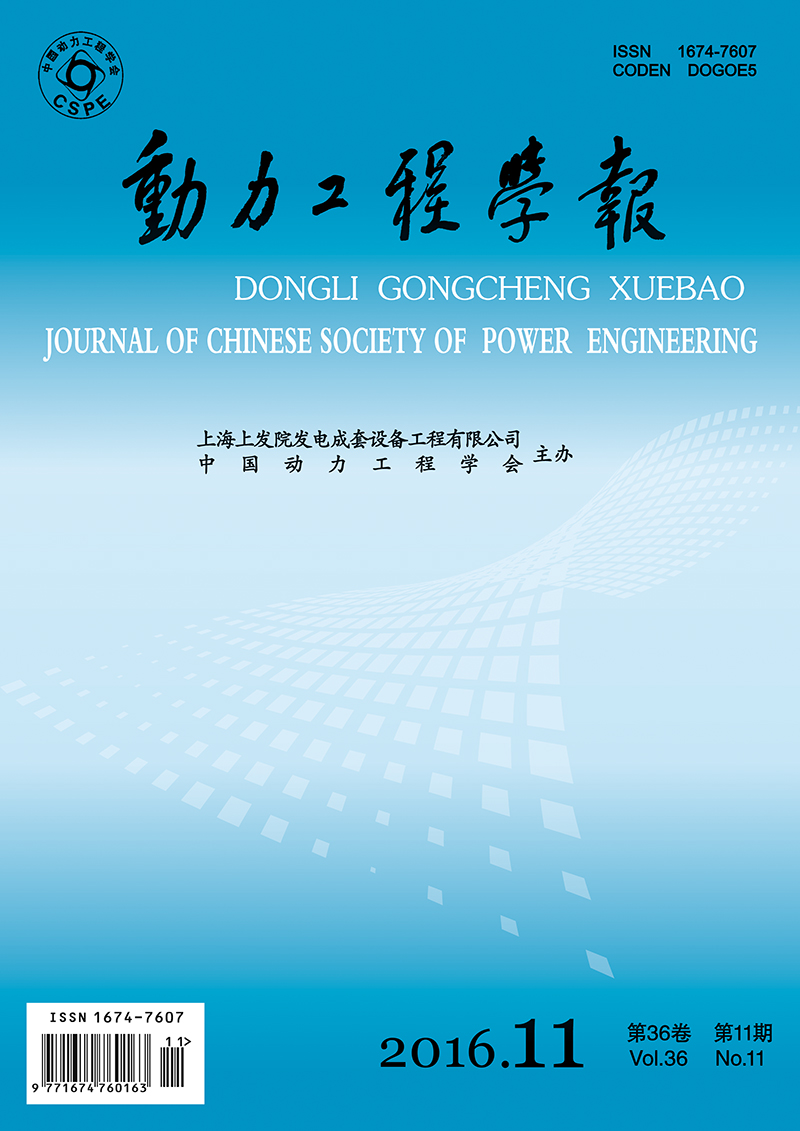YUAN Yanyan, HUANG Ying, ZHANG Dong, DONG Yue, YANG Kai, XIAO Jun
2016, 36(11): 934-940.
Numerical simulations were carried out on sewage sludge semi-drying incineration and blending combustion process of power generation using Aspen Plus software, during which the energy utilization and pollutants emission of 4 different sludge samples were studied. Results show that in the semi-drying incineration process, all the 4 sludge samples are required to supplement other fuels when their heating values of dry basis are lower than 11.5 MJ/kg, and as the heating value of sludge decreases, the supplements remarkably increase. The sludge samples with high content of heavy metals tend to cause air pollution and their solid residuals can hardly be recycled. In the blending combustion process, the high heating value of sludge contributes to the generation efficiency; for the same sludge samples, the generation efficiency increases with the reduction of energy ratio of sludge; lower energy ratio of sludge helps to satisfy the requirement of environmental protection, even in the case of higher content of heavy metals in the sludge; the suitable energy ratio of sludge blended to coal is suggested to be 5%-8%. When the sludge is low in heating value and high in heavy metal content, the blending combustion process is recommended, otherwise, the semi-drying incineration process is suggested.
